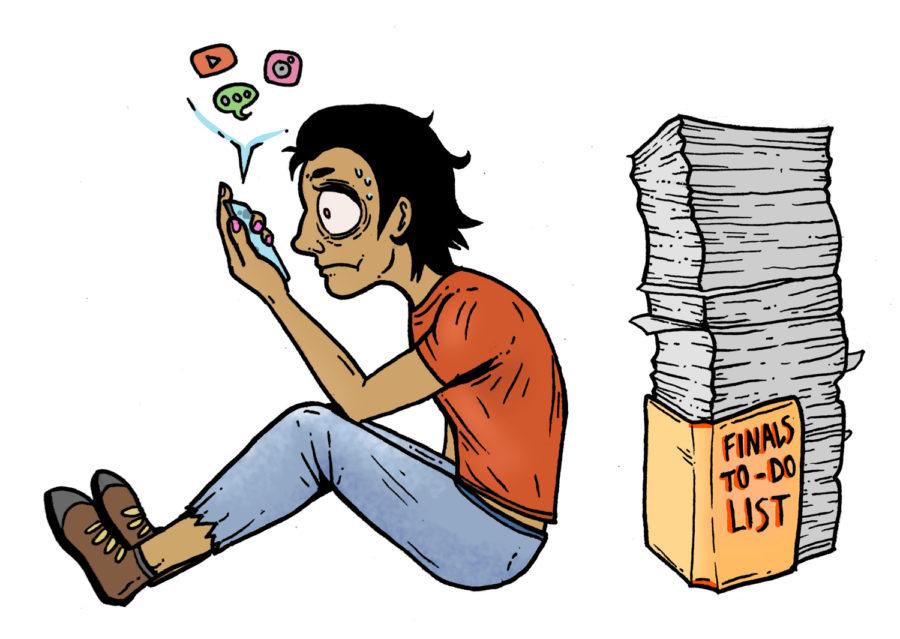
Social media can have both positive and negative effects on students. Here are some of the ways in which social media can affect students:
Positive Effects:
Connection and Communication: Social media can help students connect with their friends and family, and can facilitate communication with peers and teachers.
Information Sharing: Social media can be used as a platform to share and obtain information on a wide range of topics.
Learning Opportunities: Social media can provide learning opportunities for students through access to educational resources, online courses, and discussions.
Creative Expression: Social media can be used as a platform for creative expression and can help students develop their artistic talents and abilities.
Negative Effects:
Distraction and Procrastination: Social media can be a major distraction for students and can lead to procrastination and reduced productivity.
Cyberbullying: Social media can be used as a platform for cyberbullying, which can have a negative impact on a student's mental health and well-being.
Social Comparison and Anxiety: Social media can lead to social comparison and feelings of anxiety and inferiority if students are constantly comparing themselves to others on social media.
Addiction: Social media addiction can have a negative impact on a student's physical and mental health, as well as their academic performance.
It is important for students to use social media responsibly and in moderation. Parents, teachers, and school counselors can play a role in educating students about the potential risks of social media and promoting healthy social media use.
